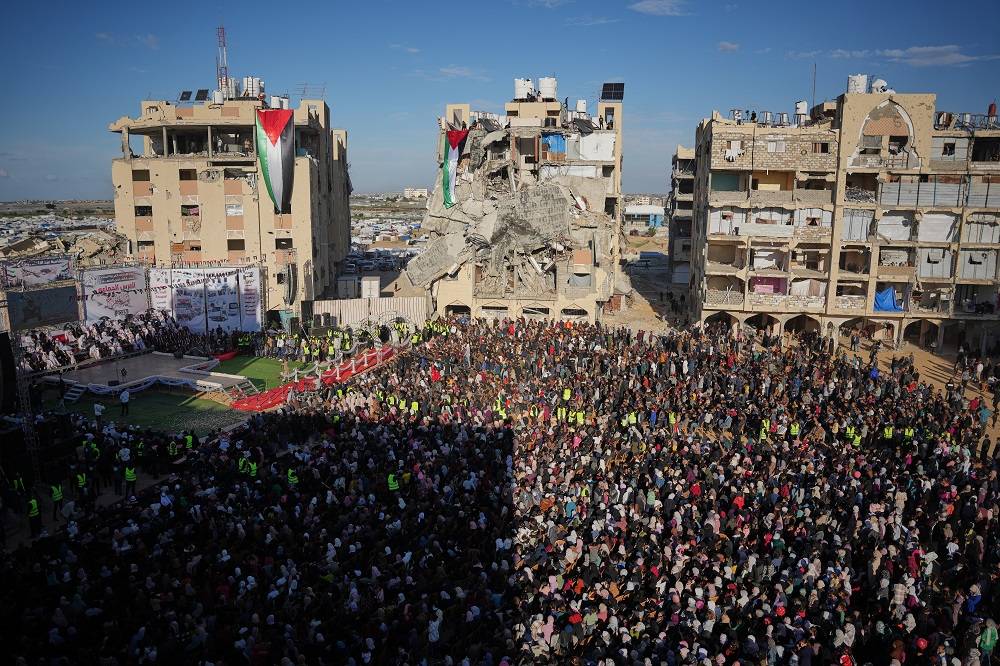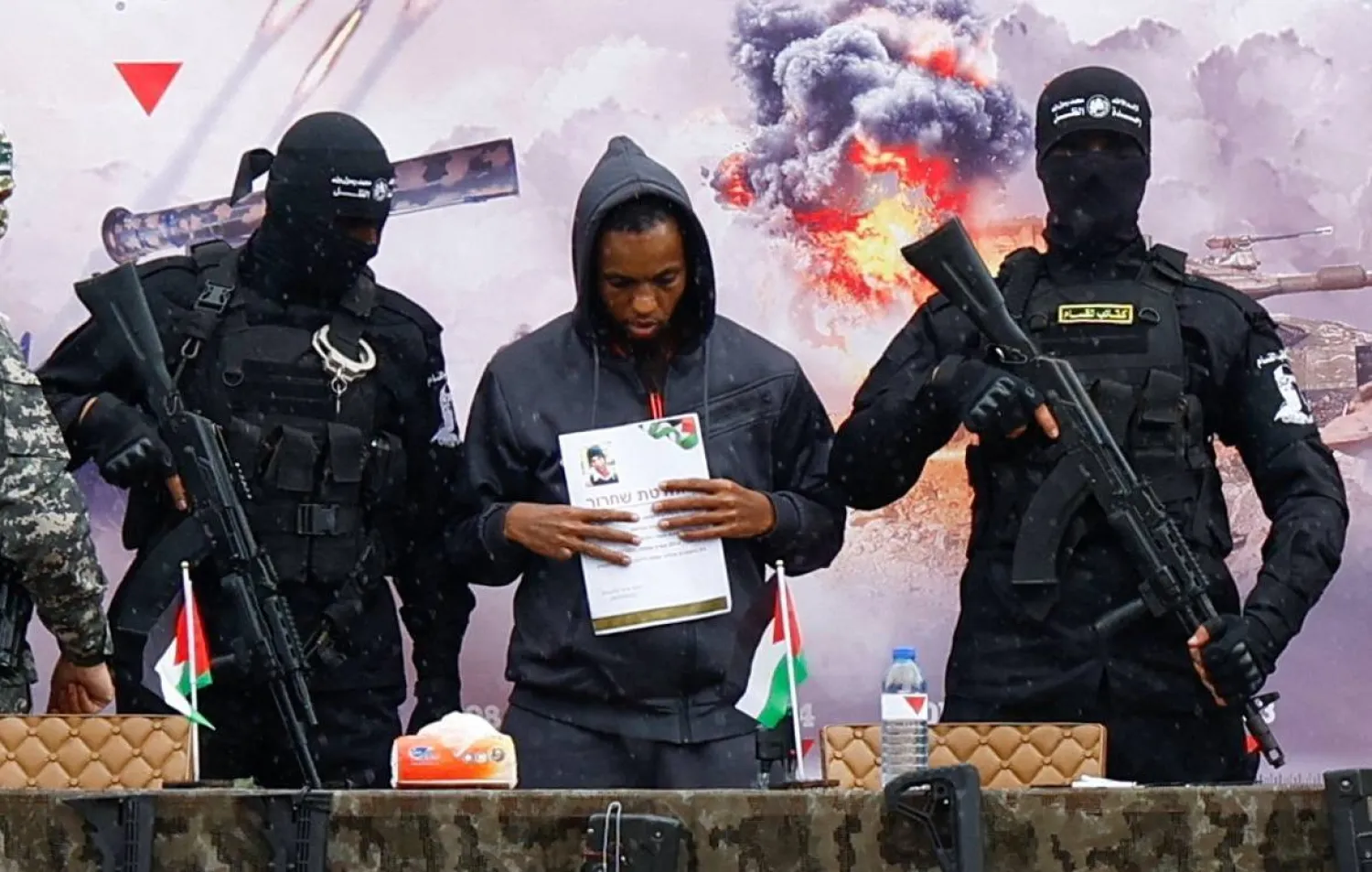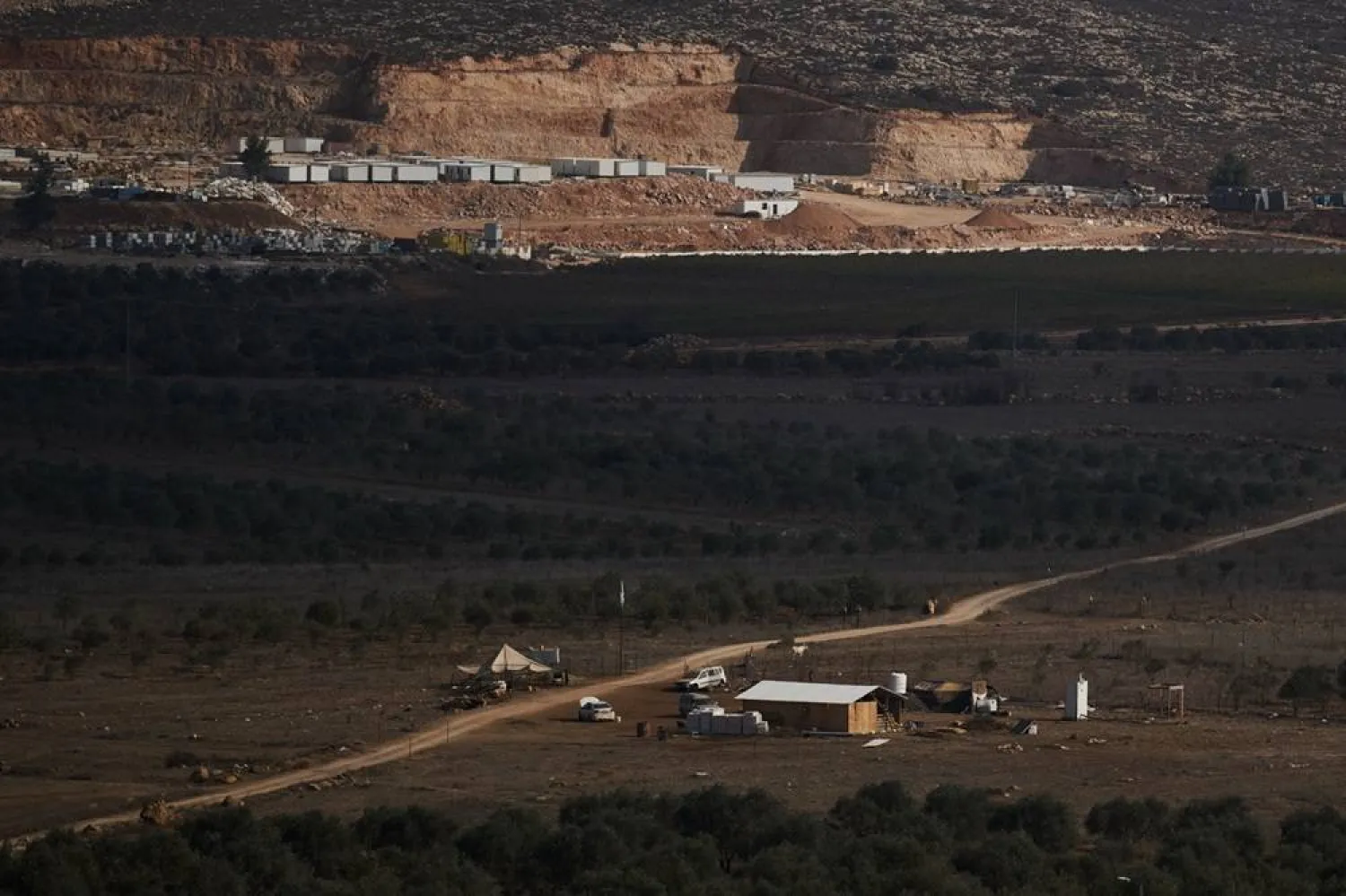A US study published earlier this week revealed that the United States’ war on terrorism has cost $6.5 trillion, reported The National magazine based on report by the Watson Institute for International and Public Affairs at Brown University.
The ongoing war on terror began in October 2001, a month after the September 11 attacks in the US.
US President Donald Trump revealed in one of his tweets that his country has spent 7 trillion dollars on the Middle East alone.
Estimates predict that US loans to fund the war will result in an 8 trillion dollar debt by 2025.
The number of countries involved in the war has reached 76 or 39 percent of the countries in the world. The tally also lists regions where US forces are deployed on the ground, such as Yemen, Somalia, Libya, Iraq and Afghanistan. It also lists where American advisors are training local forces on counter-terrorism methods.
Experts said there are currently no real discussions in the United States on the cost of the war due to the nature of the conflict that lacks no stable fronts or boundaries.
A map presented by the study of the 76 countries linked to the war raised questions over the effectiveness of Washington’s approach on the conflict. They explained that the approach has turned many major cities into rubble and forced the displacement of millions of people, which has destabilized many host countries.
The map also showed the extent in which terrorist groups have spread across the world, turning the conflict against extremists into a worldwide phenomenon. The conflict stretches from as far as Southeast Asia, the Philippines, passes through the Middle East and reaches North Africa and Niger in the west of the continent.
The National said that the ongoing US war on Afghanistan is the longest in American history and it is predicted to go on even longer, especially under Trump’s administration. The current president had unveiled a national defense strategy two months ago in which he agreed to send more troops to Kabul and increase airstrikes against terrorist groups, including the Taliban.
The magazine said that the situation in Afghanistan indicates that the war will continue for a long time and it will extend beyond the country’s borders. A US Secretary of Defense report spoke of some 20 terrorist and radical groups operating in Afghanistan and Pakistan.
The National traced back the beginnings of the war on terror. It said that the US initially launched the war by attacking Afghanistan in order to eliminate Taliban, which had great control over the country. The beginning of the war seemed promising and American forces were able to make advances in Kabul. The Taliban had incurred enough defeats that its fighters had asked US troops to allow them to lay down their arms and return to their homes.
This initial success led senior officials in the administration of then President George W. Bush to raise their expectations and ambitions. Bush and his Vice President Donald Rumsfeld then believed that there was a need to extend this success in countering terrorism to 60 other countries.
At the time, Washington saw the war on terror as being restricted to one country at a time. It then began preparing for extending this war, setting Iraq as its next target.
The war led to the toppling of Iraqi leader Saddam Hussein, but the National said that the US had not only intended for his ouster, but it had also set its sights on the country’s oil wealth.
A British official, who was close to the Bush administration at the time, was quoted by the magazine as saying: “Everyone wants to go to Baghdad, but real men want to go to Tehran.”
He implied that the US invasion of Iraq was not really aimed at combating terrorism, but its real target was Iraq’s oil and Washington should have shifted its attention to Iran, which had transformed into an extremist state after the 1978 Khomeini revolution.










